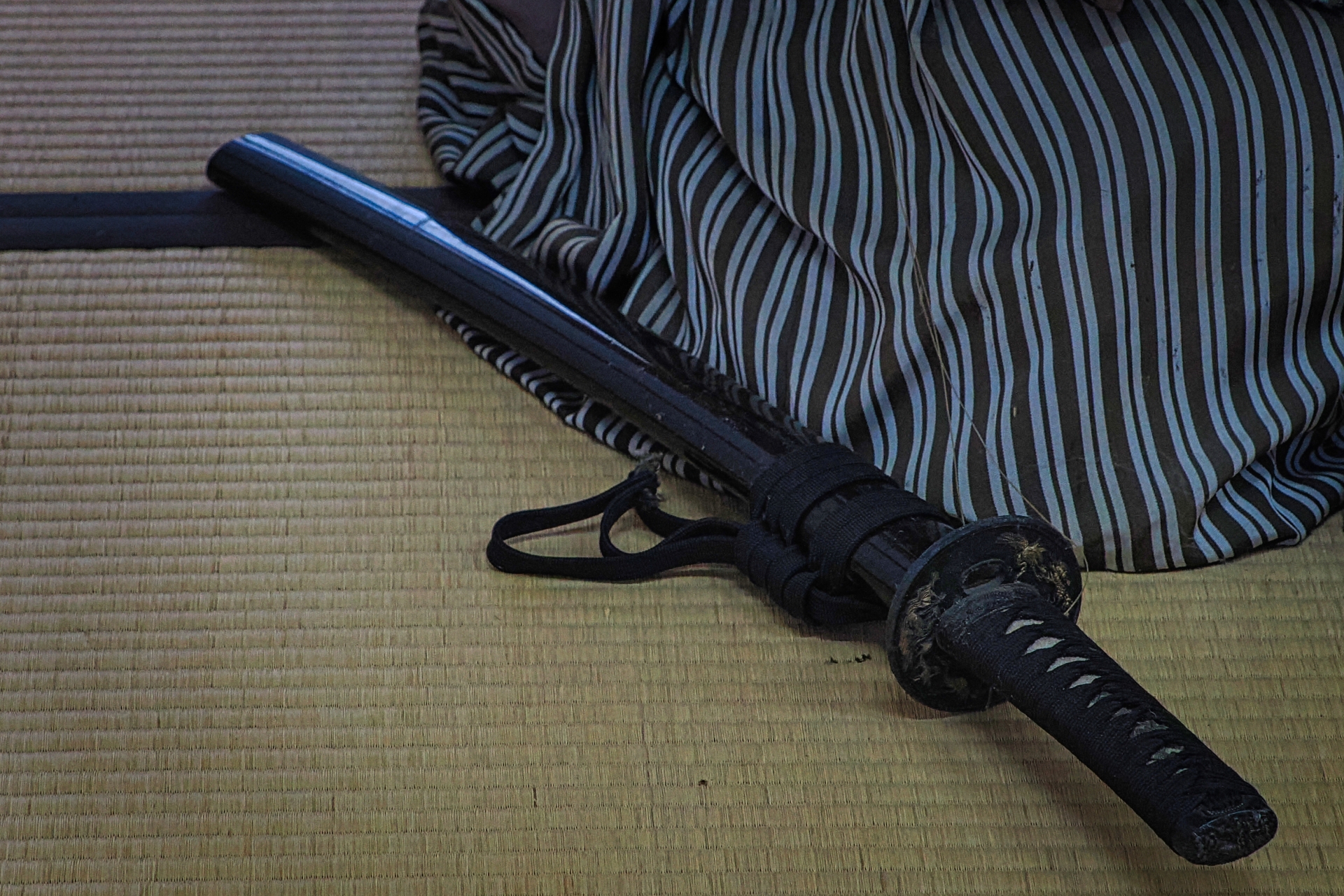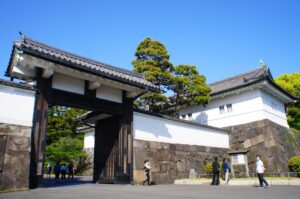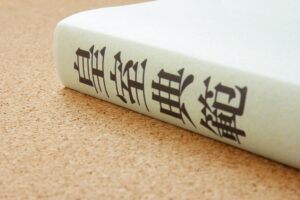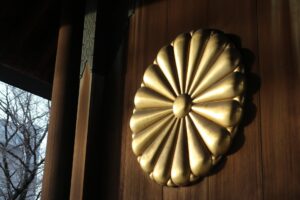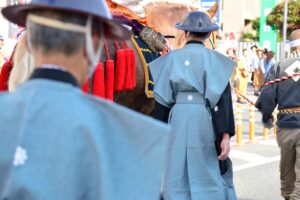Many people think harakiri and seppuku are interchangeable terms for ritual suicide in Japan. While both involve the same act, they differ significantly in origin, tone, and cultural context. This article breaks down the historical, linguistic, and cultural differences between the two terms and offers insights into their use in modern Japan and global media.
Understanding the Terms: What Do “Harakiri” and “Seppuku” Mean?
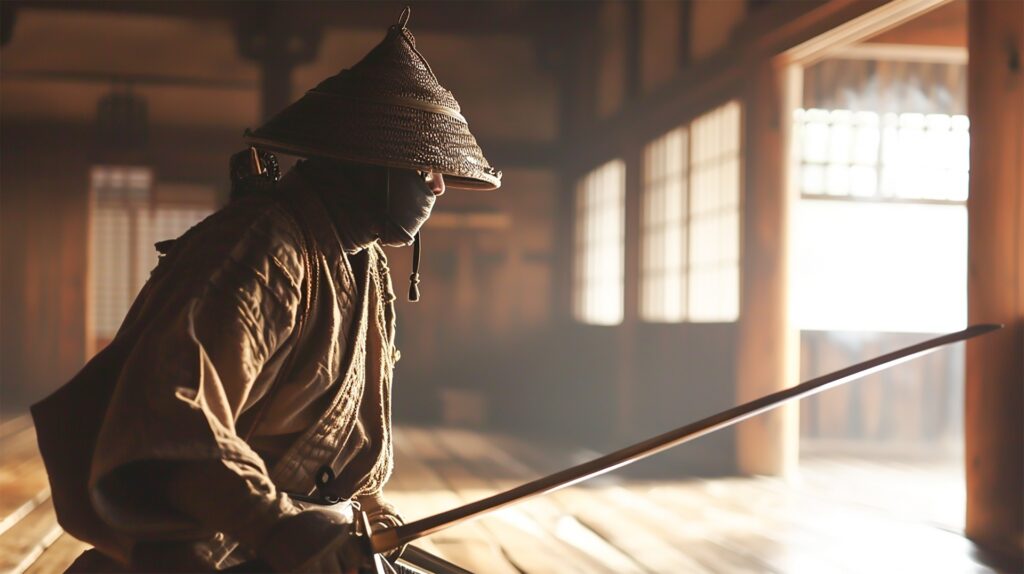
Though often used interchangeably in English, “harakiri” and “seppuku” carry distinct nuances in Japanese. Both terms describe ritual disembowelment, historically practiced by samurai, but differ in tone, usage, and origin.
“Harakiri” (肘切り) literally translates to “belly cutting” using the kunyomi reading—the native Japanese pronunciation of kanji. In contrast, “seppuku” (切肘) uses the same characters but reads them with their on’yomi, or Sino-Japanese pronunciation. This alone indicates a tonal difference: “harakiri” is colloquial and blunt, often used in spoken language or by outsiders. “Seppuku,” on the other hand, is formal and ceremonial, commonly found in historical texts and literature.
Understanding kunyomi and on’yomi is crucial in grasping the deeper context. Kunyomi stems from Japan’s original language, while on’yomi was imported with Chinese characters. Thus, the use of on’yomi often conveys sophistication or scholarly formality—precisely the tone “seppuku” carries.
In modern Japanese, “seppuku” is more likely to appear in official discourse, while “harakiri” may come off as disrespectful or sensationalistic. Western media often adopts “harakiri” due to its phonetic impact, despite its jarring tone in native contexts. However, it’s important to note that modern Japanese speakers generally do not use the term “harakiri” in everyday language. While it might not necessarily be perceived as offensive, its rarity in conversation can create a sense of discomfort or unfamiliarity.
The Historical Origins: Samurai, Bushidō, and Ritual Suicide
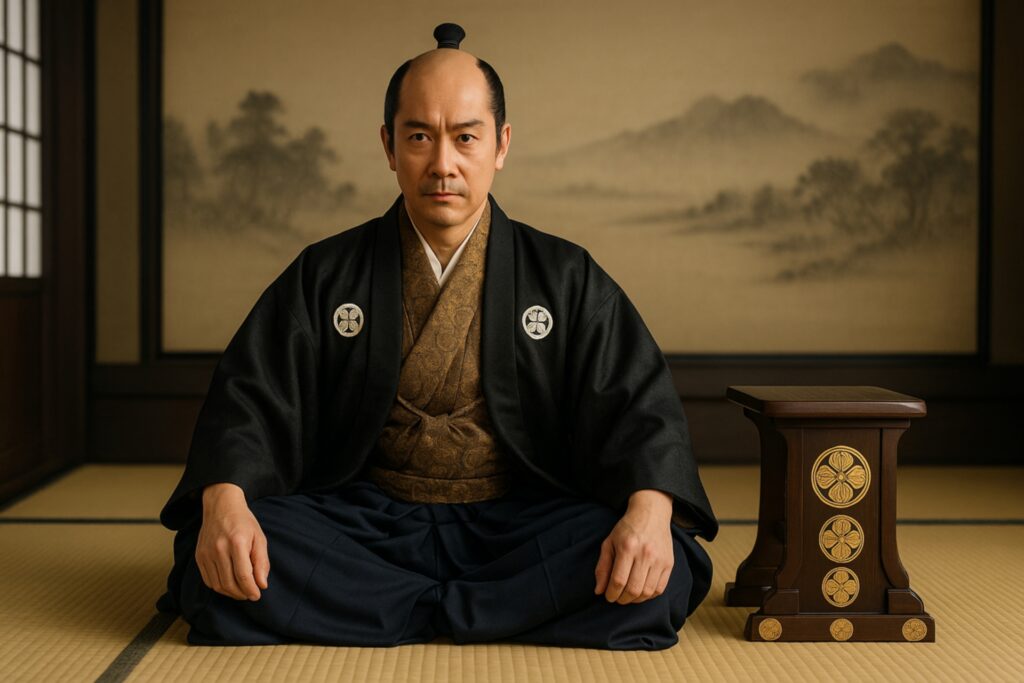
The roots of seppuku are deeply intertwined with the ethos of the samurai class and the moral code of Bushidō (“the way of the warrior”). As early as the Kamakura period (1185–1333), warriors would take their own lives to preserve honor in defeat, avoid capture, or accept responsibility for failure. The act became formalized in the Edo period (1603–1868) as a highly ritualized and regulated form of capital punishment or voluntary honor suicide.
The seppuku ceremony was meticulous: the samurai wore white robes symbolizing purity, wrote a death poem, and performed the act in front of witnesses. A trusted associate, known as the kaishakunin, stood by to swiftly decapitate the practitioner after the abdominal cut to minimize suffering. This role was both a mercy and an honor, reflecting the communal values of Bushidō.
Unlike common suicide, seppuku was considered a moral and noble act. It allowed a disgraced warrior to die with dignity, often restoring honor to their family. Seppuku was even mandated in some cases by higher lords or the shogunate as an alternative to public execution.
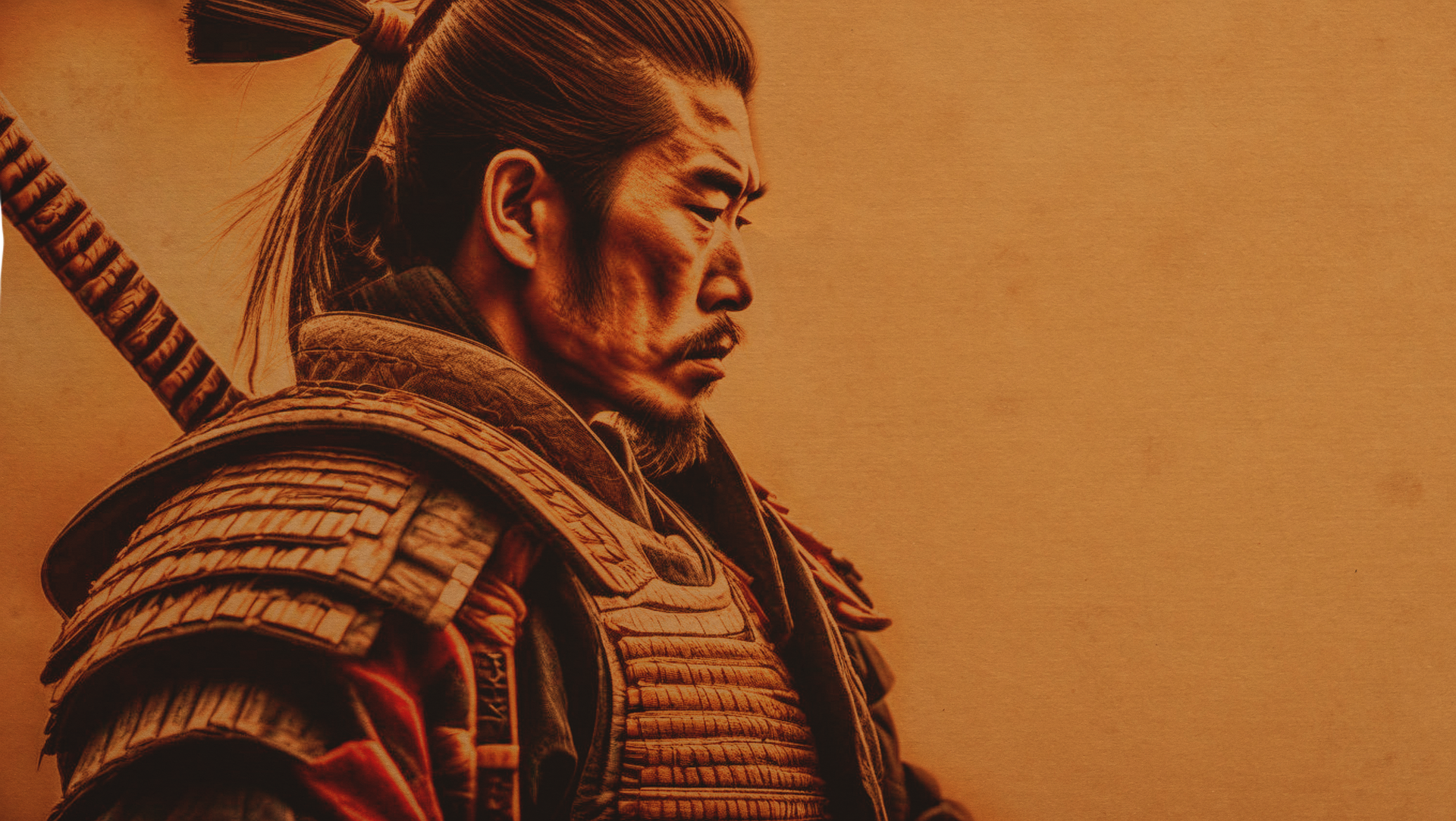
Harakiri in Common Speech vs. Seppuku in Official Records
While “seppuku” graced the pages of samurai chronicles and government edicts, “harakiri” belonged to the vernacular. Its guttural cadence and raw description made it powerful in spoken language but less suitable for formal documentation.
In Edo-period Japan, the difference wasn’t just in vocabulary, but in cultural weight. “Harakiri” evoked the graphic brutality of the act, often used to shock or provoke. By contrast, “seppuku” emphasized ceremony, duty, and grace, aligning with the elite warrior class’s aesthetic of controlled death.
To this day, Japanese people may find “harakiri” uncomfortably blunt or simply out of place, especially in international or academic discussions. Understanding this nuance is essential for respectful communication.
Gendered Variations: Jigai and Onna-bugeisha Practices
The concept of ritual suicide extended to women, particularly those of the samurai class, in the form of jigai (臀切). Female warriors or noblewomen, known as onna-bugeisha, had a distinct method that reflected both societal expectations and gender norms.
Instead of disembowelment, women would use a kaiken (懸刀)—a small dagger hidden within their kimono—to sever either the neck’s arteries or the heart. This ensured a faster, less gruesome death and preserved bodily modesty. Women often tied their knees together to maintain a dignified posture after death.
The kaiken served as more than a weapon; it symbolized honor, readiness, and moral strength. In times of siege or social collapse, women used it to avoid capture or disgrace. Although less publicly celebrated than male seppuku, jigai represented a similarly profound commitment to duty and dignity.
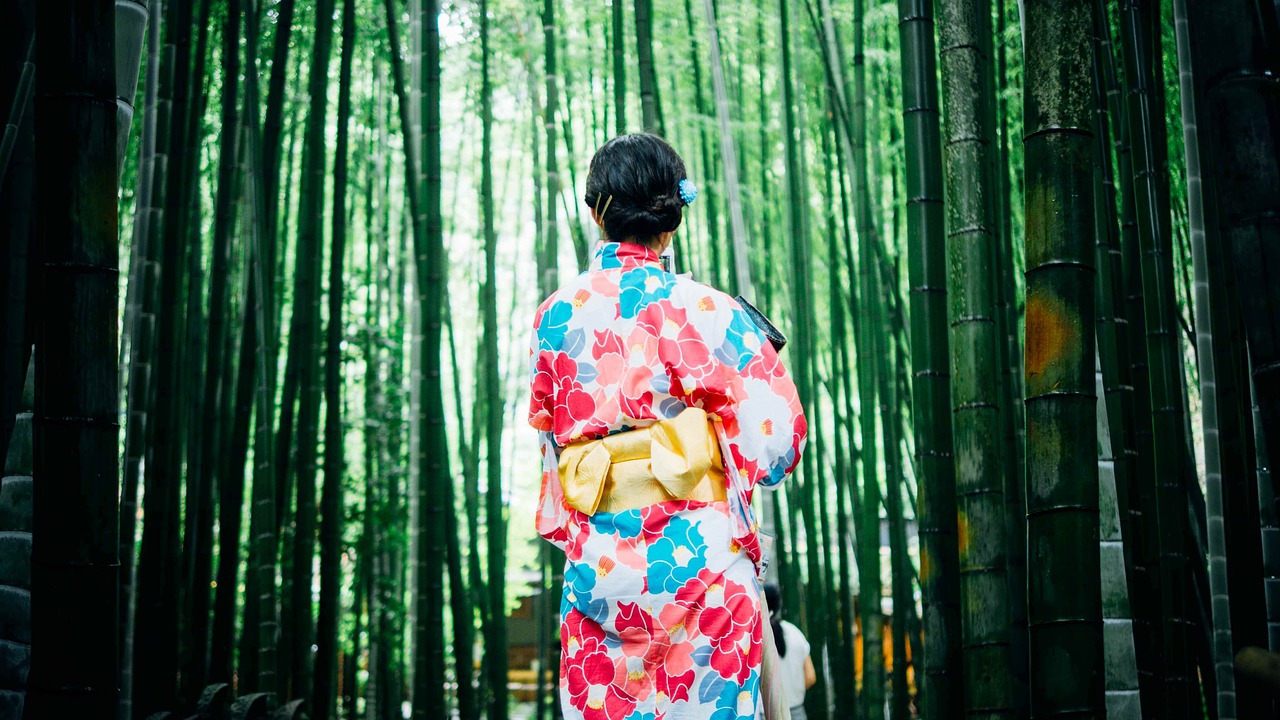
Modern Usage and Cultural Perception

Today, both “seppuku” and “harakiri” are largely taboo in Japanese society, associated with archaic customs and extreme acts. Following World War II, ritual suicide was outlawed and increasingly viewed through a psychological or sociological lens rather than a moral one.
However, echoes of seppuku persist in modern media and literature. The most famous postwar example is Yukio Mishima, a nationalist writer who performed seppuku in 1970 after a failed coup. His dramatic death shocked the nation and remains a controversial case study in modern samurai identity.
In pop culture, seppuku appears in anime (like Samurai Champloo), video games (Ghost of Tsushima), and Western films (The Last Samurai). Yet these representations often sanitize or dramatize the act, stripping it of historical context.
Seppuku and Harakiri in Global Media and Misunderstandings
In the West, “harakiri” has become a buzzword in dramatic storytelling. Films, TV shows, and even comedy sketches use it for shock or spectacle. Unfortunately, this often misrepresents the gravity of the act, reducing a sacred ritual to a trope.
In video games, characters may “commit harakiri” in moments of defeat without exploring the act’s ethical roots. These depictions ignore the strict protocols and cultural reverence associated with seppuku.
It’s crucial to avoid casual or humorous usage of these terms, especially in public or intercultural settings. Such usage can be perceived as insensitive or disrespectful, even if unintentionally.
Visual Guide: Harakiri vs Seppuku at a Glance
| Aspect | Harakiri | Seppuku |
| Literal Meaning | “Belly Cutting” (kunyomi) | “Cut Belly” (on’yomi) |
| Tone & Formality | Colloquial, blunt | Formal, ceremonial |
| Historical Usage | Rare in official texts | Common in documents/literature |
| Cultural Perception | Graphic, shocking | Dignified, honorable |
Conclusion: When to Use “Harakiri” vs. “Seppuku” Appropriately
In summary, “seppuku” should be used when referring to the historical, ceremonial act of ritual suicide by samurai. It carries dignity, structure, and cultural weight. “Harakiri,” while technically synonymous, should be approached with caution due to its bluntness and potential to offend.
Writers, translators, and speakers should consider context. Use “seppuku” in academic, cultural, or respectful discussions. Avoid using either term in jest or casual comparison, as doing so may trivialize a deeply symbolic tradition.
Understanding this linguistic and cultural nuance not only honors Japanese history but also encourages responsible cross-cultural dialogue.
Did You Know?
Bushidō viewed death not as a failure, but as the ultimate form of responsibility and honor when lived honorably.
Yukio Mishima’s 1970 seppuku shocked postwar Japan and remains one of the most well-documented modern instances.
General Nogi Maresuke committed seppuku upon Emperor Meiji’s death in 1912, an act of loyalty and honor.
“Seppuku” and “harakiri” are a linguistic pun of the same kanji in reverse reading orders.

